Personality and sound: Leo Fender - "Henry Ford" guitar design
The hero of this material is an inventor, engineer and businessman, many rightly considered the father of modern electric guitars. In addition, on account of Clarence Leonidas Fender one of the first guitar amplifiers and combos, a huge number of innovations related to musical instruments. As the founder of Fender Musical Instruments Corporation, he laid the foundation for one of the most successful companies producing a huge range of products for guitarists.
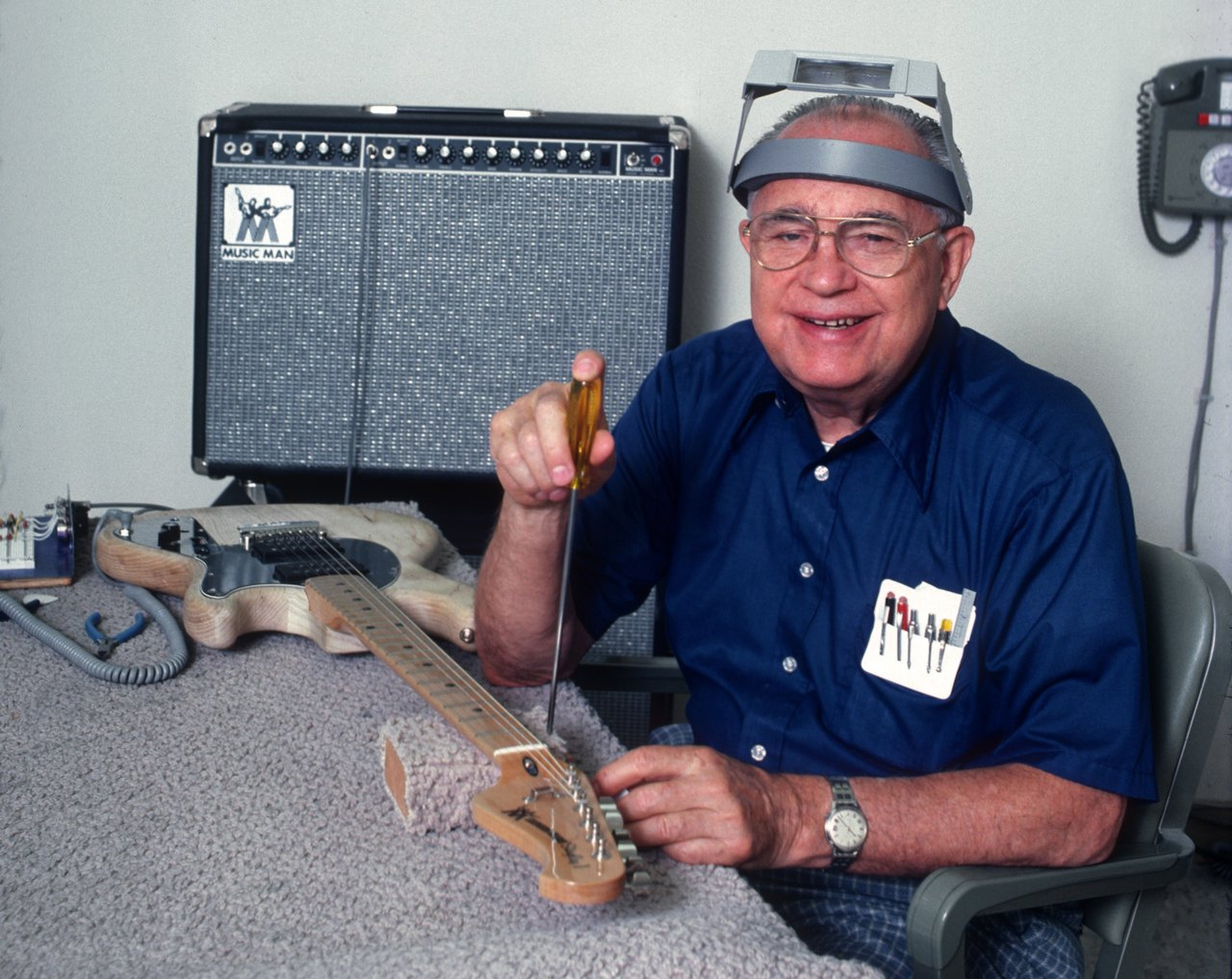
In this article we will talk about an extraordinary man with a difficult fate, who was at the forefront of the mass production of musical instruments and musical equipment. Created by Fender, as well as his partners, instruments and equipment had a characteristic sound, due to which they predetermined the development of several musical directions, mainly in rock music.
Leo Fender’s contribution to the global musical instrument industry can be compared to Henry Ford’s contribution to the automotive industry. The principles and innovations laid down by the inventor in his tools are used by most manufacturers to this day. In addition to Fender Musical Instruments Corporation, Leo was the founder of G & L Musical Products, and also actively participated in the activities of MusicMan.
Clarence Leonidas Fender Rodil August 10, 1909 in a family of wealthy farmers who owned impressive citrus plantations south of Los Angeles. His father Clarence Monte Fender was a big fan of country style, quite popular in the southwest United States, which probably affected the future occupation of Leo.
From the age of 13, Leo begins amateur radio experiments, which are actively supported by his uncle, who owned an electrical equipment and auto parts store. It is at this age that Leo receives as a gift from his uncle a box of various parts and batteries, from which his experiments begin. Young Fender was very impressed with the radio receiver that his uncle designed and assembled. As he himself noted:
It is in his teens that Fender’s indefatigability and hard work, his almost fanatical dedication to work, is manifested. During his school years, he began working as a radio repair master, opening a small workshop in his parents' house. Not infrequently at night, he tirelessly studies the schemes of new devices. Subsequently, the irrepressible diligence of the inventor will be celebrated by everyone who knew him.
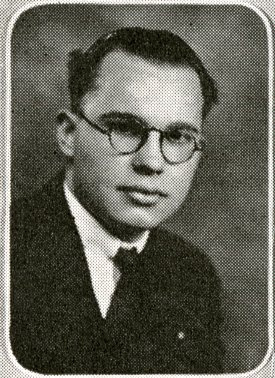
In 1928, Leo Fender graduated from high school and became a student at Fullerton Youth College. Like many radio amateurs, he is enthusiastically engaged in electronics at home, but ignores training courses in radio engineering and electronics in college.
Meanwhile, the United States is covered by a great depression, which does not foreshadow serious life prospects for a youth college graduate. Fender with no small difficulty gets a job ice carrier in the Consolidated Ice and Cold Storage Company (Anaheim). The company's management appreciated the perseverance and transferred the young Fender to work in the accounting department.
Those times in which Leo Fender worked as an accountant, can not be called easy. The protracted financial crisis inexorably destroyed the country's economy, small and large companies disappeared from the market, and large state institutions were shrinking. In other words, for most people in the country the issue of money was extremely acute.
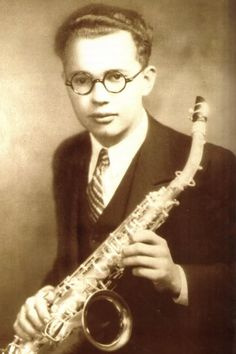
Despite the "deprivation of states" deprived states, the talented radio amateur smiled luck. One of his acquaintances, who led a small jazz band, asked Leo to make six loudspeakers for the performance of his ensemble in Los Angeles. Fender agrees and successfully completes his first order. From this point on, Leo receives periodic additional workings in the form of hack-work from familiar musicians.
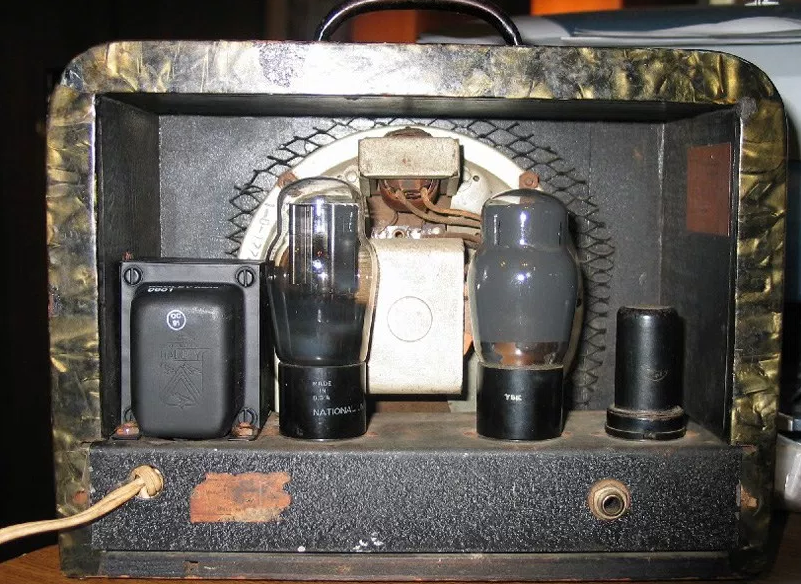
In 1934, Fender changed jobs and transferred to an accounting position at the California Road Department. By this time he managed to marry Esther Closki, and the young family in dire need of money. During the year, the Department closes, forcing Fender to change jobs again. At the new site, the radio amateur works for three months, until the tire company cuts all the employees in its department.
By 1938, Fender finally bored accounting bread, and he and his young wife returned to his native Fullerton in order to unite their favorite business and the process of making money. At $ 600, which he managed to borrow from friends, he opens the company "Fender Radio Service".
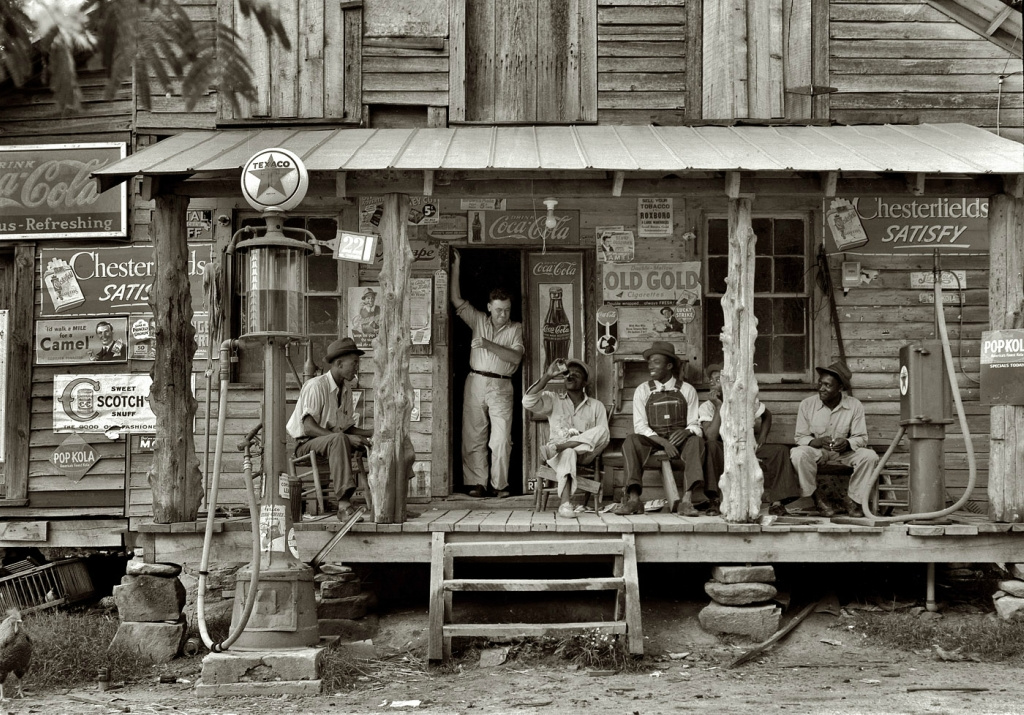
Fullerton (California) - 30s
Fender is engaged in the repair and maintenance of electronic equipment. Almost immediately, orders from local musical groups for the production of loudspeakers and amplifying equipment for lap steel and frying pan (early versions of electric guitars with magnetic pickups) appear. That is how the story begins one of the most famous guitar corporations in the world.
By the end of the Second World War, the era of jazz big bands begins to retire. On the stages of clubs, small blues bands more and more often appear, which are increasingly using electric acoustic guitars. This circumstance brings Fender a large number of orders for amplifiers, combo amplifiers and concert speakers, which has a positive effect on his financial status.

In 1946, Fender came up with the idea of creating a mass electric guitar, which would be different from the complex electroacoustic samples and primitive pans that existed at that time. Communicating with musicians who are not satisfied with outdated lap steel, expensive artisans of electroacoustics, or clumsy solid-body Rickenbacker, he sees the need for a new instrument.
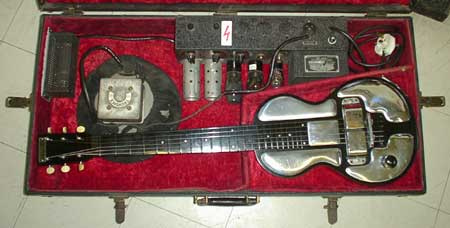
Typical electric guitar of the 30s - 40s
The business vein of the former accountant is working, and Leo realizes that by creating such a tool first, he will never again face the needs experienced during the period of the Great Depression.
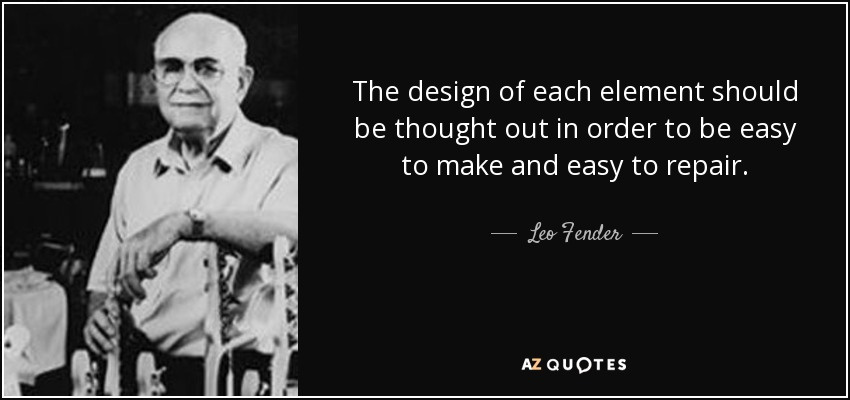
Fender was obsessed with creating so-called. "Folk" guitar, massive and inexpensive, with a completely predictable standard sound. The instruments of that time, by virtue of no small dependence on acoustic properties and the absence of technological standards, sounded completely different. Their shortage and complexity of almost manufactory, and in some cases and hand-made, were the cause of high prices.

Fender and Fullerton
To create a new guitar in 1946, Fender cooperates with his friend George William Fullerton. Already by 1949, the first prototype appeared, called the Fender Esquire.
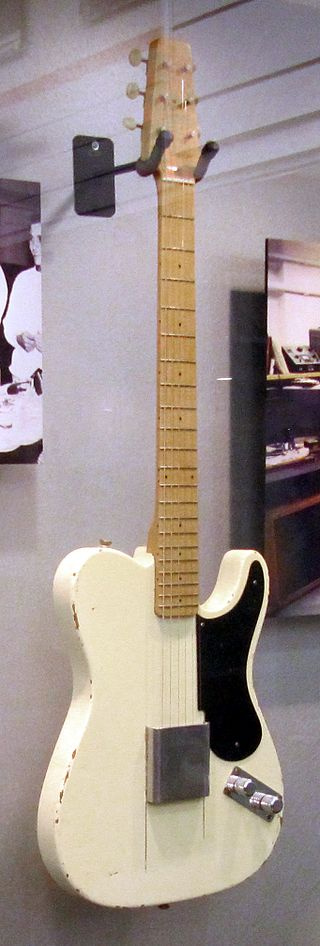
First esquire
The Esquire body was made from a single piece of wood, which was quite a rarity for that time. In addition, the fastening of the strings has changed conceptually: the strings were passed through the body.

In the development process, inventors are accustomed to the standards of the time, they face a number of problems. The solution of which will determine in the future the construction of millions of electric guitars.
The first problem was the neck. The standard wooden neck from an acoustic guitar was deformed due to a constructive load, which naturally affected the tuning stability. So Fender and Fullerton decided to use the anchor.
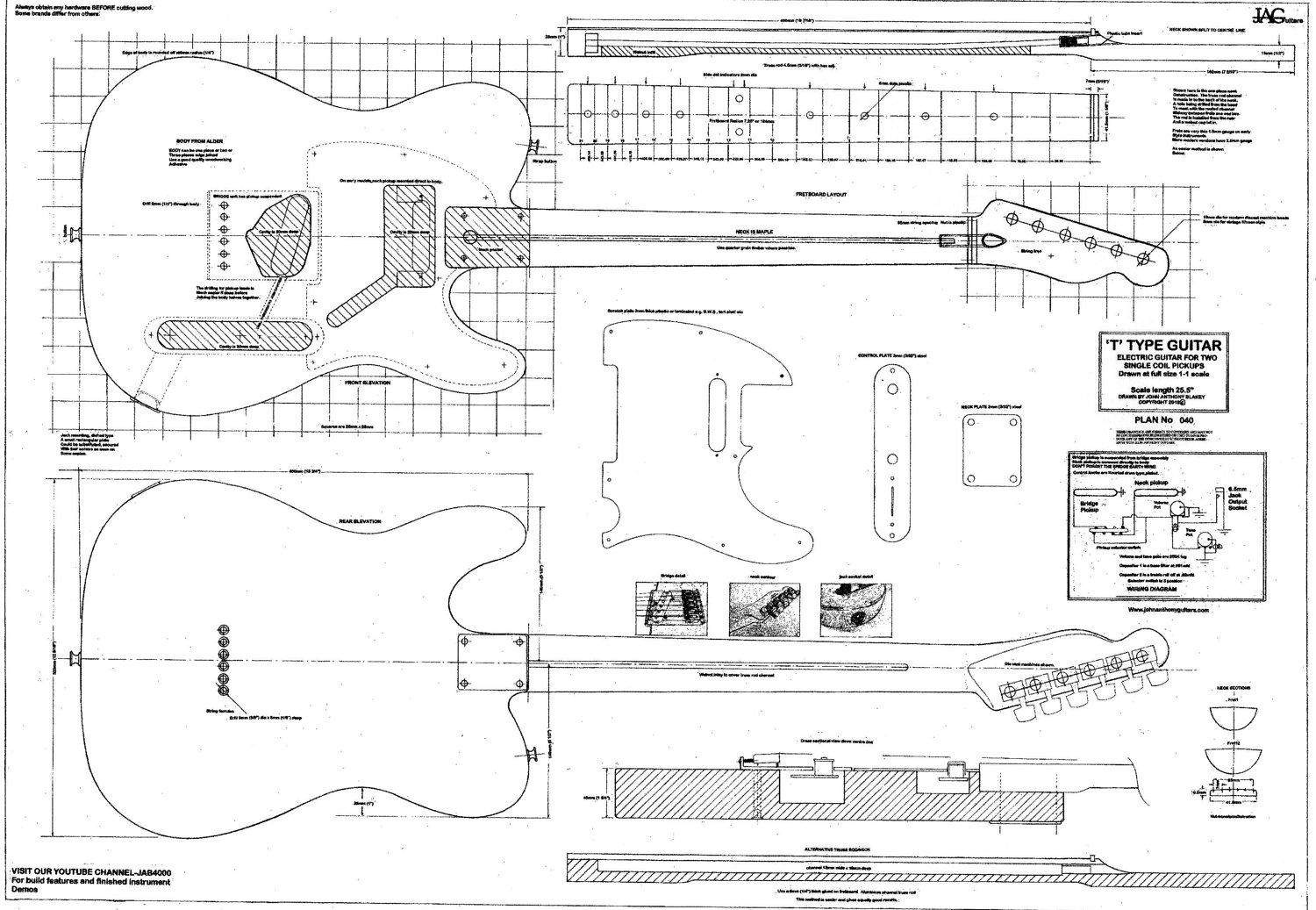
The gluing of the neck into the guitar case was extremely low-tech, which in turn led to the emergence of an innovative fastening on four bolts.
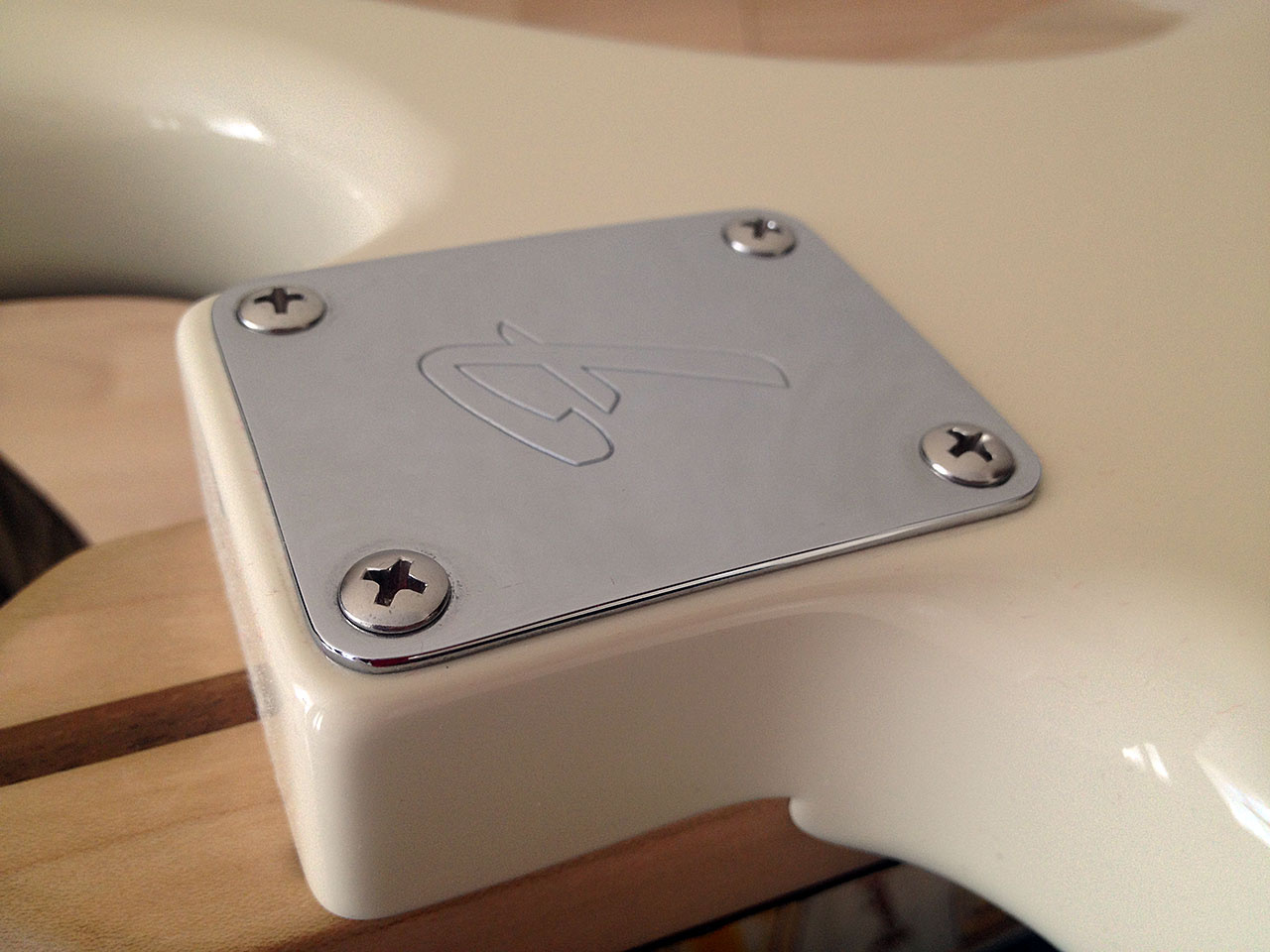
Innovation was also useful because, due to the use of an adjusting screw, it became possible to change the distance between the strings and the thresholds.
The last problem in the development of the instrument was the density of sound, which did not meet the increased needs of musicians. In order to cope with this problem, a second pickup was installed.
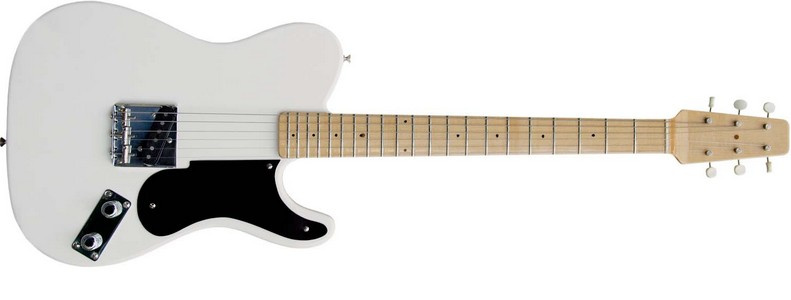
The upgraded version appeared in 1951 under the name Broadcaster, but soon the companions again replaced the name, and the guitar acquired the sonorous name Telecaster. It was under this name that Leo Fender’s guitar began a triumphal takeoff to the tops of the music Olympus. Among world values in rock music, especially in the 60s, it is difficult to find a performer who did not perform with this guitar at least once. Among the most famous regular users of the telekaster are: Syd Barrett and David Gilmour (Pink Floyd), George Harrison and John Lennon (The Beatles), Kurt Cobain (Nirvana), Kate Richards (Rolling Stones).
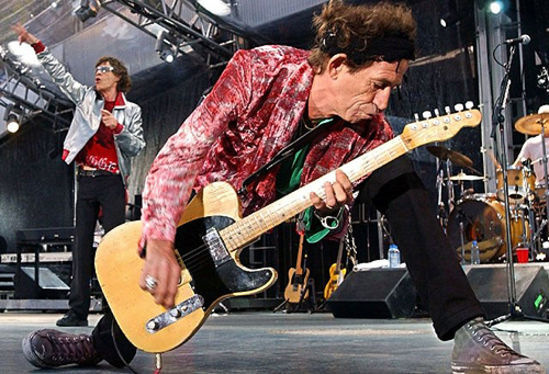
In 1951, Fender and Fullerton completed work on another instrument - the Precision Bass bass guitar. It was she who became the first full body bass guitar mass produced in the world. The idea was still the same, to create a tool suitable for mass production and universal use. By 1951, the small Fender company had already become a fairly large factory, and the serial implementation of a successful prototype was not long in coming. The instrument is made to this day, and today this bass guitar is one of the most popular in the world.
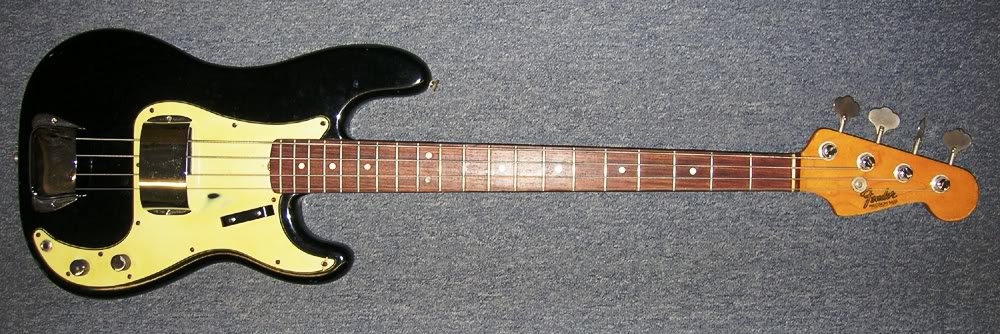
The inventor did not confine himself to a successful telecaster and decided to create an even more advanced tool. The fact is that in the fifties, the musicians of the emerging rock and roll, began to actively apply the special vibrato device “Bigsby”, which allows you to quickly raise and lower the scale.


Fender sees a perspective in combining such a device and a guitar, and develops his own vibrato device, called “synchronized tremolo”, which by default is present as an element of the instrument. The name “typewriter”, as it is not rarely called musicians by this Shaitan-adaptation, was rather marketing, since the technique that is performed with its help is called “vibrato” rather than “tremolo”, but the term goes to the people, and now all devices This type is called tremolo.
By 1954, the creative team of the company, which included Leo Fender, George Fullerton, Bill Carson, Freddy Tovarez, hung up work on the “tremolo” guitar, which later received the famous name Stratocaster, as an allusion to the powerful and technologically advanced Boeing bomber of that time B-52 Stratofortress. An impressive team that included experienced musicians was needed because Leo Fender himself couldn’t play the guitar, and as a person who didn’t own an instrument, was not able to evaluate all the requirements that had to be taken into account when developing.

Almost all the technical features of the Stratocaster inherited from its predecessor, while the design was fundamentally redesigned (the head of the neck was changed, the configuration of the case was set, the synchronized tremolo was set). The guitar became more ergonomic and met almost every imaginable demand of the musicians of that time.
It turned out that Strath was ahead of his time. Despite the innovativeness of the tool, he was in the shadow of the telecaster for a long time (right up to the mid-60s). At first, the sales of the Stratocaster were quite high, but incomparably smaller than that of the first-born Leo Fender. Much later, when the possibilities of a new instrument were estimated by musicians of famous bands, the stratocaster became a cult instrument and a household name for all instruments of this type. Like on the telecaster, the strata were played by countless stars and titled guitarists, perhaps Richie Blackmore (Deep Purple, Rainbow, Blackmore's Night, etc.) became the most famous user of the stratocaster.

In parallel with the creation of new instruments, Fender is actively developing guitar combo amps, which are no less in demand. In the early 60s with the advent of the first transistor technology, it was he who was one of the first to start building a prototype transistor guitar amplifier, considering the technology to significantly reduce the cost of this device. Although, later refuses this idea, due to the "dampness" and "immaturity" of technology and circuit design.
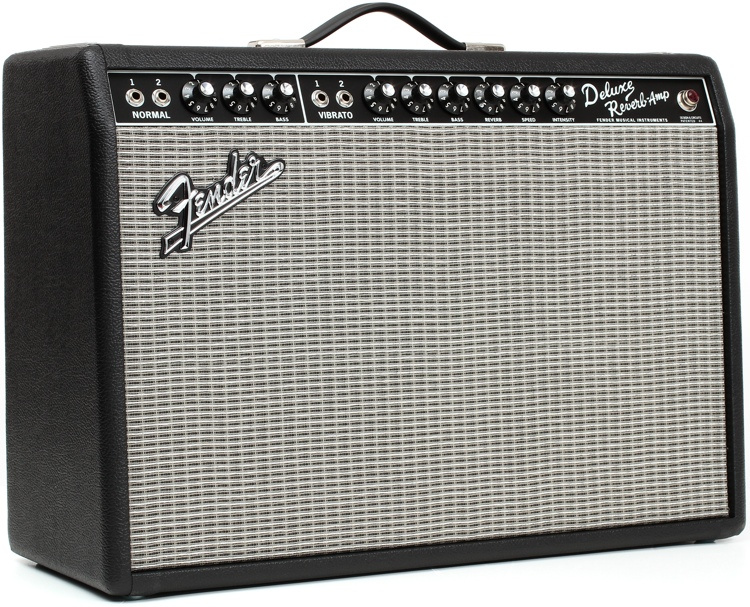
Fender sells the company at the height of its own glory. Titanic efforts to develop new tools and equipment, organize and support production, and solve other business-related issues have affected the inventor's health. Doctors recommended Fender to retire and take time to rest. Following the recommendations of doctors, in 1965, Leo sells his brainchild of CBS Corporation, and the company becomes part of the CBS Musical Instruments Division.
The contract, drawn up in accordance with the "wolf laws of capitalism" (tm), obliged the poor creator of the inventor to advise the buyer for five years, and later for the next five forbade making guitars, besides, Fender deprived of his right to use his own name for commercial purposes for the rest of his life. The amount of the transaction, with such predatory conditions remains unknown to this day, but it is known that, despite several ambitious, but not very successful commercial projects, Leo Fender lived comfortably until his death and left descendants a decent legacy.
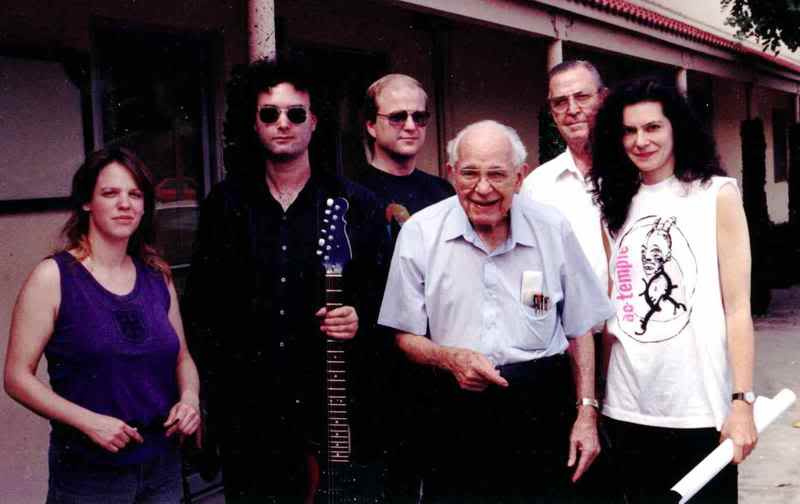
Interesting fact: CBS hit the paws, had an impact on the design of the tools. So the unlucky new owners launched their hands into the immortal legacy of genius. In particular, to reduce the cost of tools, instead of 4 bolts of fastening the neck, they began to use three. The latter circumstance especially resented the creator of the instruments, although this circumstance did not become significant for the quality of the guitars. According to other information, 3 mounting bolts, instead of 4, were used in connection with the introduction of a micro-tilt-head tilt technology since the early 70s.

After the expiration of the contractual restrictions, Fender returned several times to active inventive, engineering and business activities. So in 1976, he became co-owner of the company Music Man, and together with Forrest White and Tom Walker produces several series of instruments. In 1980, with an old friend and teammate in the fight for the music market, George Fullerton, Fender forms the company G & L. The company begins to produce several lines of guitars and bass guitars, for the creation of which the inventors use a number of innovative ideas. During this period, technologies such as the Dual Fulcrum Tremolo, the Saddle Lock fixed bridge, the Bi-Cut neck design and the Magnetic Field Pickup were developed. These important inventions were highly appreciated by the musicians, but did not bring the company of cult fame.

Leo Fender died in 1991, being a comfortable and happy man. His legacy is used by millions of musicians around the world. The company he created, which to this day bears his name, has become one of the largest manufacturers of musical instruments and equipment, which was largely achieved thanks to talent, fantastic efficiency and tireless search for the founder. In addition to guitars, permanent work and family, Leo Fender loved cameras and cars that he changed every year, sometimes several times.
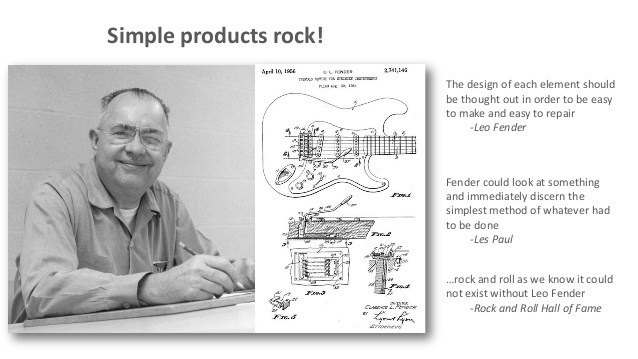
In the Pult.ru catalog you can find a fairly wide range of products from Fender for home, rehearsal facilities, studios and concert venues:
→ Guitars
→ Combo

In this article we will talk about an extraordinary man with a difficult fate, who was at the forefront of the mass production of musical instruments and musical equipment. Created by Fender, as well as his partners, instruments and equipment had a characteristic sound, due to which they predetermined the development of several musical directions, mainly in rock music.
Leo Fender’s contribution to the global musical instrument industry can be compared to Henry Ford’s contribution to the automotive industry. The principles and innovations laid down by the inventor in his tools are used by most manufacturers to this day. In addition to Fender Musical Instruments Corporation, Leo was the founder of G & L Musical Products, and also actively participated in the activities of MusicMan.
Thirteen-year radio amateur and certified ice peddler
Clarence Leonidas Fender Rodil August 10, 1909 in a family of wealthy farmers who owned impressive citrus plantations south of Los Angeles. His father Clarence Monte Fender was a big fan of country style, quite popular in the southwest United States, which probably affected the future occupation of Leo.
From the age of 13, Leo begins amateur radio experiments, which are actively supported by his uncle, who owned an electrical equipment and auto parts store. It is at this age that Leo receives as a gift from his uncle a box of various parts and batteries, from which his experiments begin. Young Fender was very impressed with the radio receiver that his uncle designed and assembled. As he himself noted:
“I was greatly influenced by the loud music from the radio, at that time it was a very impressive device for me.”
It is in his teens that Fender’s indefatigability and hard work, his almost fanatical dedication to work, is manifested. During his school years, he began working as a radio repair master, opening a small workshop in his parents' house. Not infrequently at night, he tirelessly studies the schemes of new devices. Subsequently, the irrepressible diligence of the inventor will be celebrated by everyone who knew him.

In 1928, Leo Fender graduated from high school and became a student at Fullerton Youth College. Like many radio amateurs, he is enthusiastically engaged in electronics at home, but ignores training courses in radio engineering and electronics in college.
Meanwhile, the United States is covered by a great depression, which does not foreshadow serious life prospects for a youth college graduate. Fender with no small difficulty gets a job ice carrier in the Consolidated Ice and Cold Storage Company (Anaheim). The company's management appreciated the perseverance and transferred the young Fender to work in the accounting department.
Low Start Accountant Fender
Those times in which Leo Fender worked as an accountant, can not be called easy. The protracted financial crisis inexorably destroyed the country's economy, small and large companies disappeared from the market, and large state institutions were shrinking. In other words, for most people in the country the issue of money was extremely acute.

Despite the "deprivation of states" deprived states, the talented radio amateur smiled luck. One of his acquaintances, who led a small jazz band, asked Leo to make six loudspeakers for the performance of his ensemble in Los Angeles. Fender agrees and successfully completes his first order. From this point on, Leo receives periodic additional workings in the form of hack-work from familiar musicians.

In 1934, Fender changed jobs and transferred to an accounting position at the California Road Department. By this time he managed to marry Esther Closki, and the young family in dire need of money. During the year, the Department closes, forcing Fender to change jobs again. At the new site, the radio amateur works for three months, until the tire company cuts all the employees in its department.
By 1938, Fender finally bored accounting bread, and he and his young wife returned to his native Fullerton in order to unite their favorite business and the process of making money. At $ 600, which he managed to borrow from friends, he opens the company "Fender Radio Service".

Fullerton (California) - 30s
Fender is engaged in the repair and maintenance of electronic equipment. Almost immediately, orders from local musical groups for the production of loudspeakers and amplifying equipment for lap steel and frying pan (early versions of electric guitars with magnetic pickups) appear. That is how the story begins one of the most famous guitar corporations in the world.
Samples and errors on the way to the telecaster
By the end of the Second World War, the era of jazz big bands begins to retire. On the stages of clubs, small blues bands more and more often appear, which are increasingly using electric acoustic guitars. This circumstance brings Fender a large number of orders for amplifiers, combo amplifiers and concert speakers, which has a positive effect on his financial status.

In 1946, Fender came up with the idea of creating a mass electric guitar, which would be different from the complex electroacoustic samples and primitive pans that existed at that time. Communicating with musicians who are not satisfied with outdated lap steel, expensive artisans of electroacoustics, or clumsy solid-body Rickenbacker, he sees the need for a new instrument.

Typical electric guitar of the 30s - 40s
The business vein of the former accountant is working, and Leo realizes that by creating such a tool first, he will never again face the needs experienced during the period of the Great Depression.

Fender was obsessed with creating so-called. "Folk" guitar, massive and inexpensive, with a completely predictable standard sound. The instruments of that time, by virtue of no small dependence on acoustic properties and the absence of technological standards, sounded completely different. Their shortage and complexity of almost manufactory, and in some cases and hand-made, were the cause of high prices.

Fender and Fullerton
To create a new guitar in 1946, Fender cooperates with his friend George William Fullerton. Already by 1949, the first prototype appeared, called the Fender Esquire.

First esquire
The Esquire body was made from a single piece of wood, which was quite a rarity for that time. In addition, the fastening of the strings has changed conceptually: the strings were passed through the body.

In the development process, inventors are accustomed to the standards of the time, they face a number of problems. The solution of which will determine in the future the construction of millions of electric guitars.
The first problem was the neck. The standard wooden neck from an acoustic guitar was deformed due to a constructive load, which naturally affected the tuning stability. So Fender and Fullerton decided to use the anchor.

The gluing of the neck into the guitar case was extremely low-tech, which in turn led to the emergence of an innovative fastening on four bolts.

Innovation was also useful because, due to the use of an adjusting screw, it became possible to change the distance between the strings and the thresholds.
The last problem in the development of the instrument was the density of sound, which did not meet the increased needs of musicians. In order to cope with this problem, a second pickup was installed.

The upgraded version appeared in 1951 under the name Broadcaster, but soon the companions again replaced the name, and the guitar acquired the sonorous name Telecaster. It was under this name that Leo Fender’s guitar began a triumphal takeoff to the tops of the music Olympus. Among world values in rock music, especially in the 60s, it is difficult to find a performer who did not perform with this guitar at least once. Among the most famous regular users of the telekaster are: Syd Barrett and David Gilmour (Pink Floyd), George Harrison and John Lennon (The Beatles), Kurt Cobain (Nirvana), Kate Richards (Rolling Stones).

Forward only - Precision Bass, Stratocaster and active sales.
In 1951, Fender and Fullerton completed work on another instrument - the Precision Bass bass guitar. It was she who became the first full body bass guitar mass produced in the world. The idea was still the same, to create a tool suitable for mass production and universal use. By 1951, the small Fender company had already become a fairly large factory, and the serial implementation of a successful prototype was not long in coming. The instrument is made to this day, and today this bass guitar is one of the most popular in the world.

The inventor did not confine himself to a successful telecaster and decided to create an even more advanced tool. The fact is that in the fifties, the musicians of the emerging rock and roll, began to actively apply the special vibrato device “Bigsby”, which allows you to quickly raise and lower the scale.


Fender sees a perspective in combining such a device and a guitar, and develops his own vibrato device, called “synchronized tremolo”, which by default is present as an element of the instrument. The name “typewriter”, as it is not rarely called musicians by this Shaitan-adaptation, was rather marketing, since the technique that is performed with its help is called “vibrato” rather than “tremolo”, but the term goes to the people, and now all devices This type is called tremolo.
By 1954, the creative team of the company, which included Leo Fender, George Fullerton, Bill Carson, Freddy Tovarez, hung up work on the “tremolo” guitar, which later received the famous name Stratocaster, as an allusion to the powerful and technologically advanced Boeing bomber of that time B-52 Stratofortress. An impressive team that included experienced musicians was needed because Leo Fender himself couldn’t play the guitar, and as a person who didn’t own an instrument, was not able to evaluate all the requirements that had to be taken into account when developing.

Almost all the technical features of the Stratocaster inherited from its predecessor, while the design was fundamentally redesigned (the head of the neck was changed, the configuration of the case was set, the synchronized tremolo was set). The guitar became more ergonomic and met almost every imaginable demand of the musicians of that time.
It turned out that Strath was ahead of his time. Despite the innovativeness of the tool, he was in the shadow of the telecaster for a long time (right up to the mid-60s). At first, the sales of the Stratocaster were quite high, but incomparably smaller than that of the first-born Leo Fender. Much later, when the possibilities of a new instrument were estimated by musicians of famous bands, the stratocaster became a cult instrument and a household name for all instruments of this type. Like on the telecaster, the strata were played by countless stars and titled guitarists, perhaps Richie Blackmore (Deep Purple, Rainbow, Blackmore's Night, etc.) became the most famous user of the stratocaster.

In parallel with the creation of new instruments, Fender is actively developing guitar combo amps, which are no less in demand. In the early 60s with the advent of the first transistor technology, it was he who was one of the first to start building a prototype transistor guitar amplifier, considering the technology to significantly reduce the cost of this device. Although, later refuses this idea, due to the "dampness" and "immaturity" of technology and circuit design.

Sale of the company and the sunset of the era of Leo Fender
Fender sells the company at the height of its own glory. Titanic efforts to develop new tools and equipment, organize and support production, and solve other business-related issues have affected the inventor's health. Doctors recommended Fender to retire and take time to rest. Following the recommendations of doctors, in 1965, Leo sells his brainchild of CBS Corporation, and the company becomes part of the CBS Musical Instruments Division.
The contract, drawn up in accordance with the "wolf laws of capitalism" (tm), obliged the poor creator of the inventor to advise the buyer for five years, and later for the next five forbade making guitars, besides, Fender deprived of his right to use his own name for commercial purposes for the rest of his life. The amount of the transaction, with such predatory conditions remains unknown to this day, but it is known that, despite several ambitious, but not very successful commercial projects, Leo Fender lived comfortably until his death and left descendants a decent legacy.

Interesting fact: CBS hit the paws, had an impact on the design of the tools. So the unlucky new owners launched their hands into the immortal legacy of genius. In particular, to reduce the cost of tools, instead of 4 bolts of fastening the neck, they began to use three. The latter circumstance especially resented the creator of the instruments, although this circumstance did not become significant for the quality of the guitars. According to other information, 3 mounting bolts, instead of 4, were used in connection with the introduction of a micro-tilt-head tilt technology since the early 70s.

After the expiration of the contractual restrictions, Fender returned several times to active inventive, engineering and business activities. So in 1976, he became co-owner of the company Music Man, and together with Forrest White and Tom Walker produces several series of instruments. In 1980, with an old friend and teammate in the fight for the music market, George Fullerton, Fender forms the company G & L. The company begins to produce several lines of guitars and bass guitars, for the creation of which the inventors use a number of innovative ideas. During this period, technologies such as the Dual Fulcrum Tremolo, the Saddle Lock fixed bridge, the Bi-Cut neck design and the Magnetic Field Pickup were developed. These important inventions were highly appreciated by the musicians, but did not bring the company of cult fame.

Leo Fender died in 1991, being a comfortable and happy man. His legacy is used by millions of musicians around the world. The company he created, which to this day bears his name, has become one of the largest manufacturers of musical instruments and equipment, which was largely achieved thanks to talent, fantastic efficiency and tireless search for the founder. In addition to guitars, permanent work and family, Leo Fender loved cameras and cars that he changed every year, sometimes several times.

Denim paragraph
In the Pult.ru catalog you can find a fairly wide range of products from Fender for home, rehearsal facilities, studios and concert venues:
→ Guitars
→ Combo
All Articles